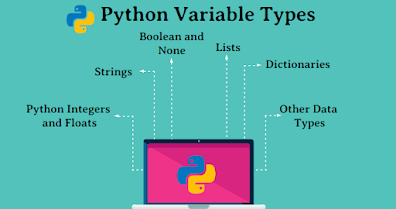Exercise:08 python variable and its types

Type conversion Using the + operator to paste together two strings can be very useful in building custom messages. Suppose, for example, that you've calculated the return of your investment and want to summarize the results in a string. Assuming the integer savings and float result are defined, you can try something like this: print("I started with $" + savings + " and now have $" + result + ". Awesome!") This will not work, though, as you cannot simply sum strings and integers/floats. To fix the error, you'll need to explicitly convert the types of your variables. More specifically, you'll need str() , to convert a value into a string. str(savings) , for example, will convert the integer savings to a string. Similar functions such as int() , float() and bool() will help you convert Python values into any type. Instructions 100 XP Hit Run Code to run the code. Try to understand t...







